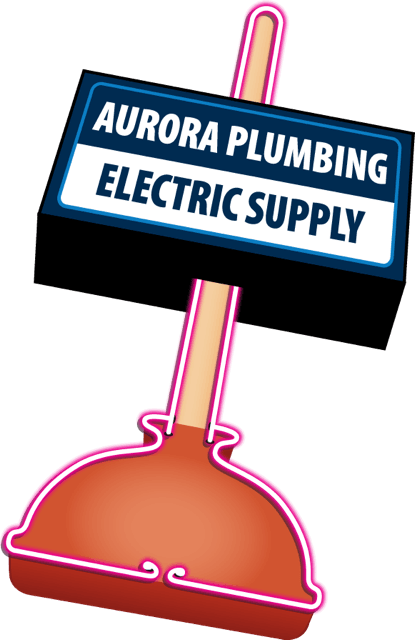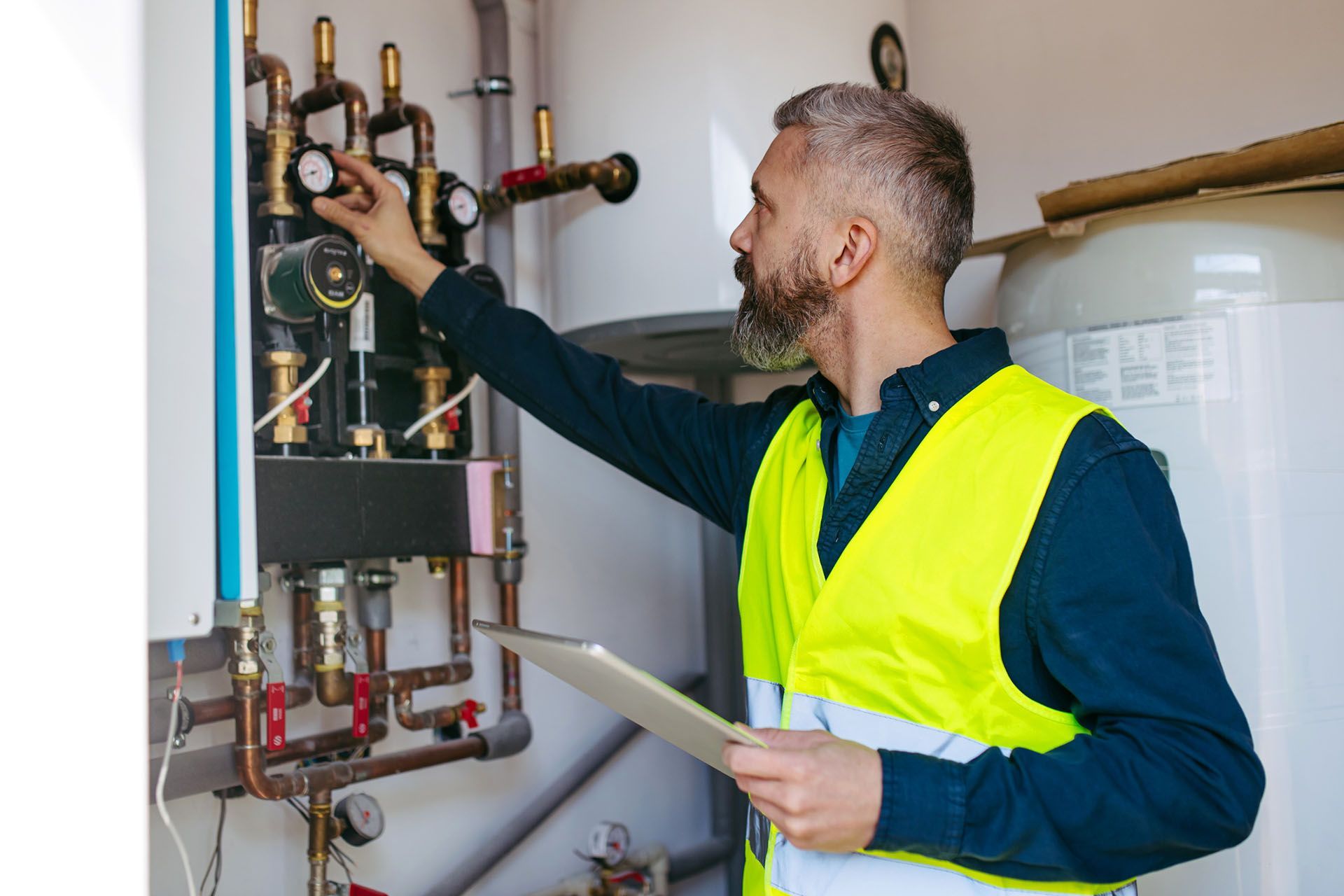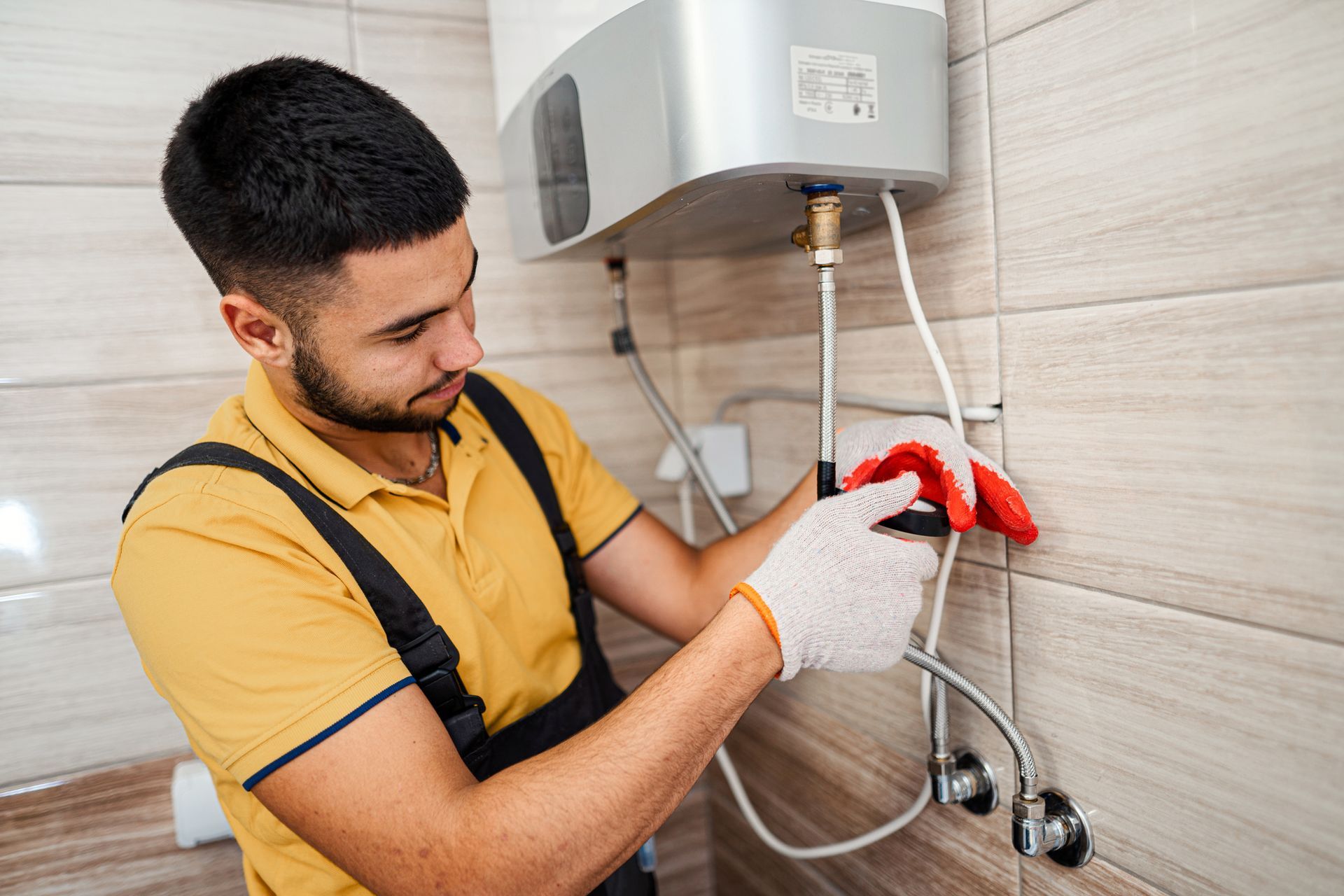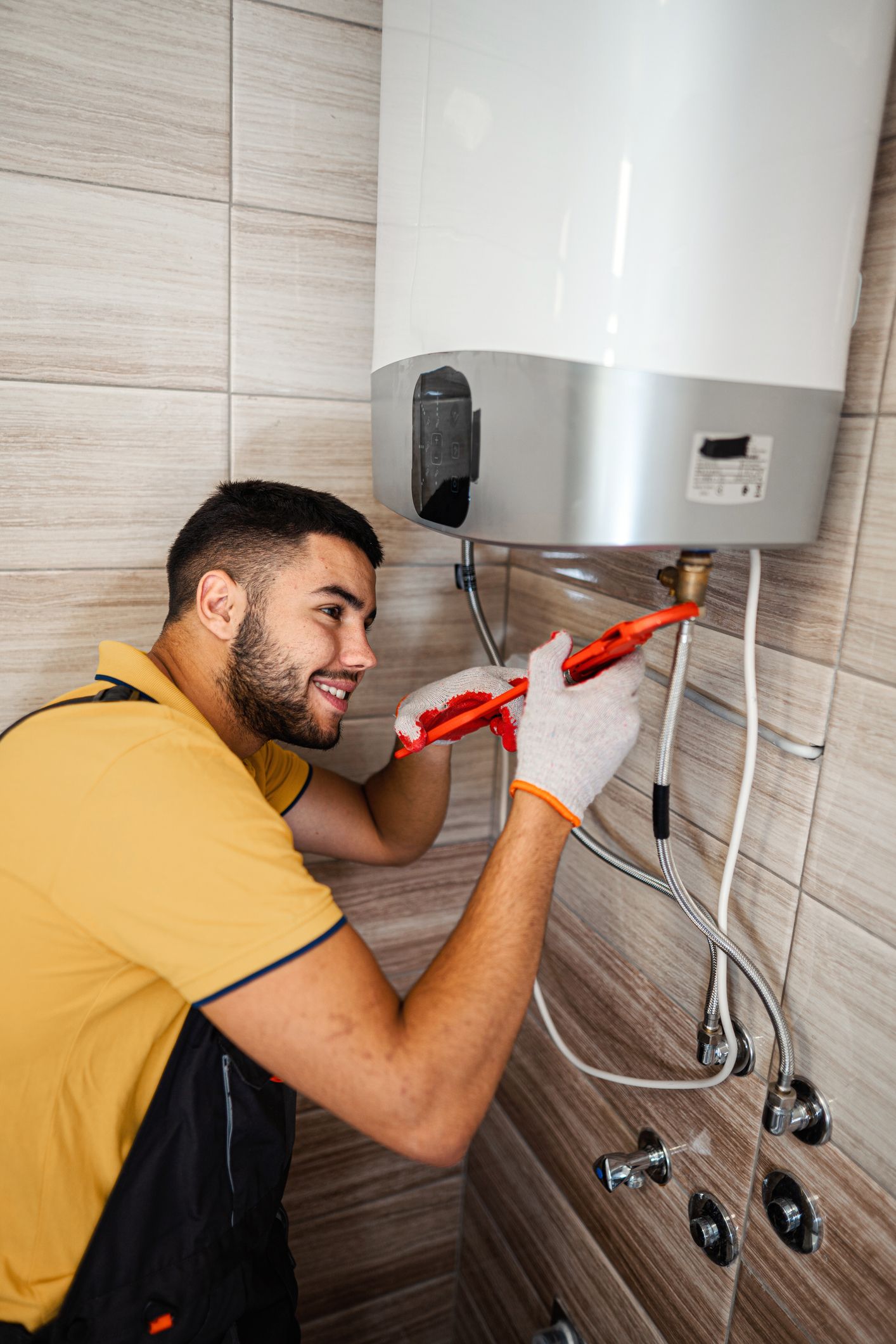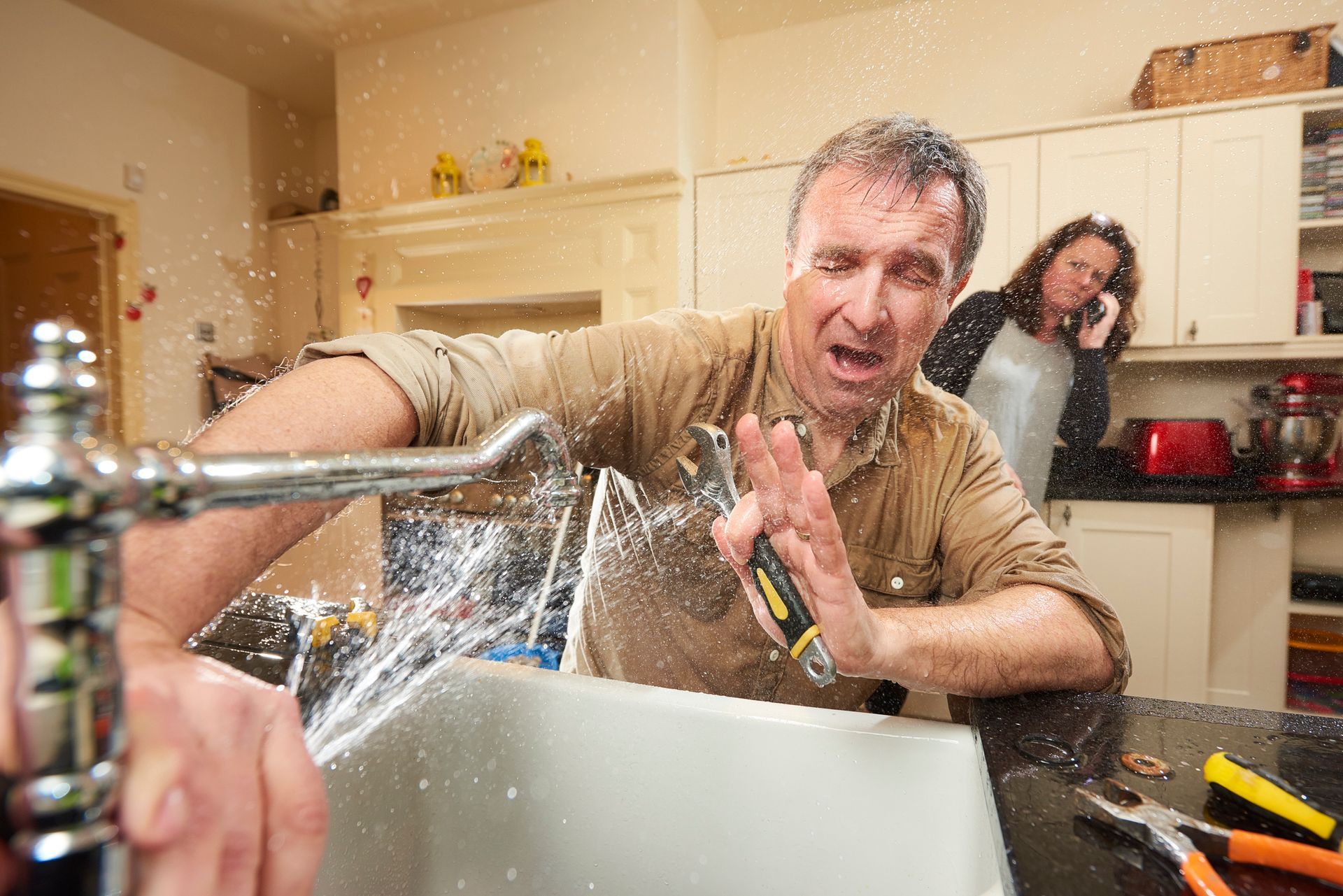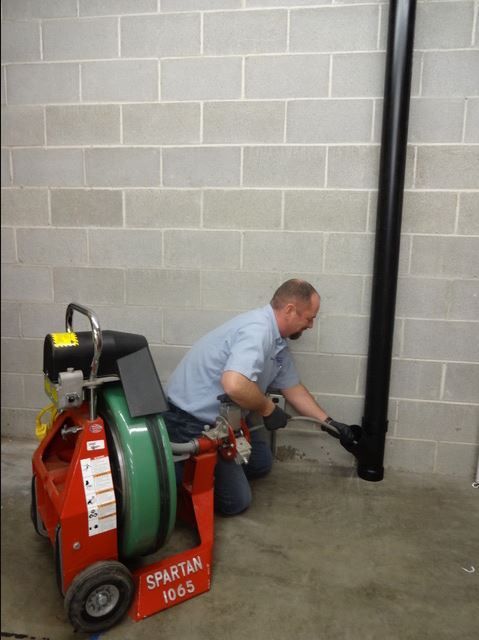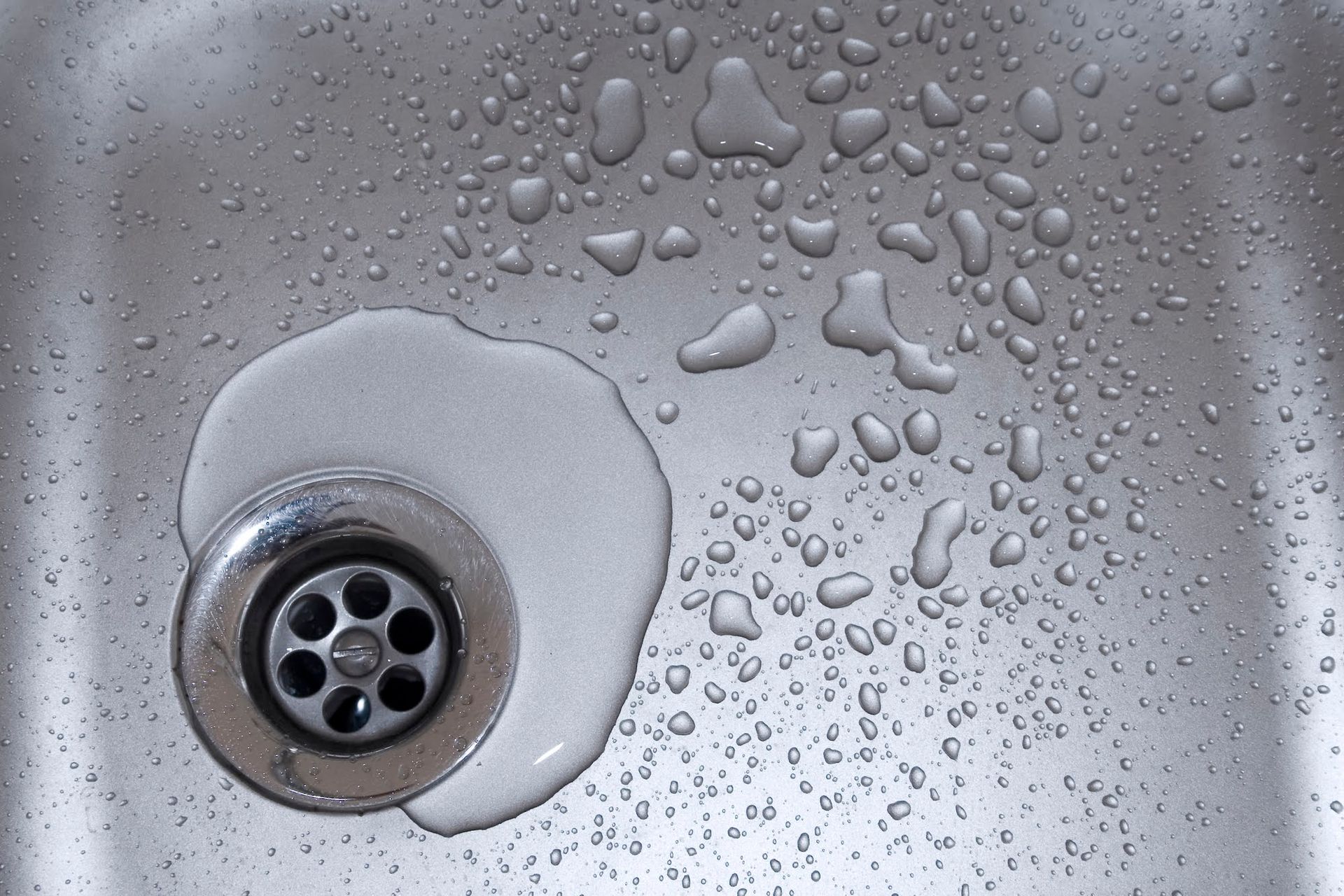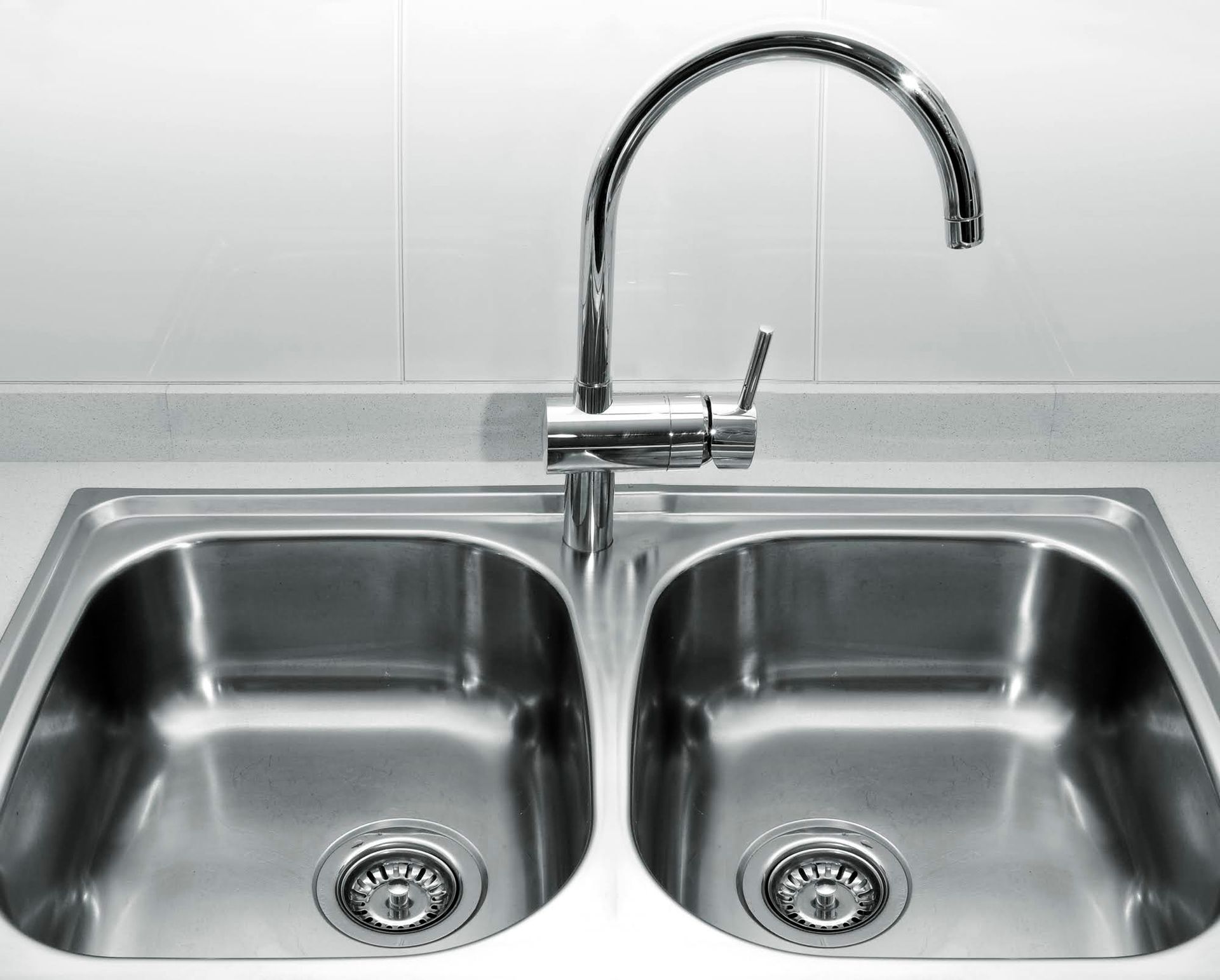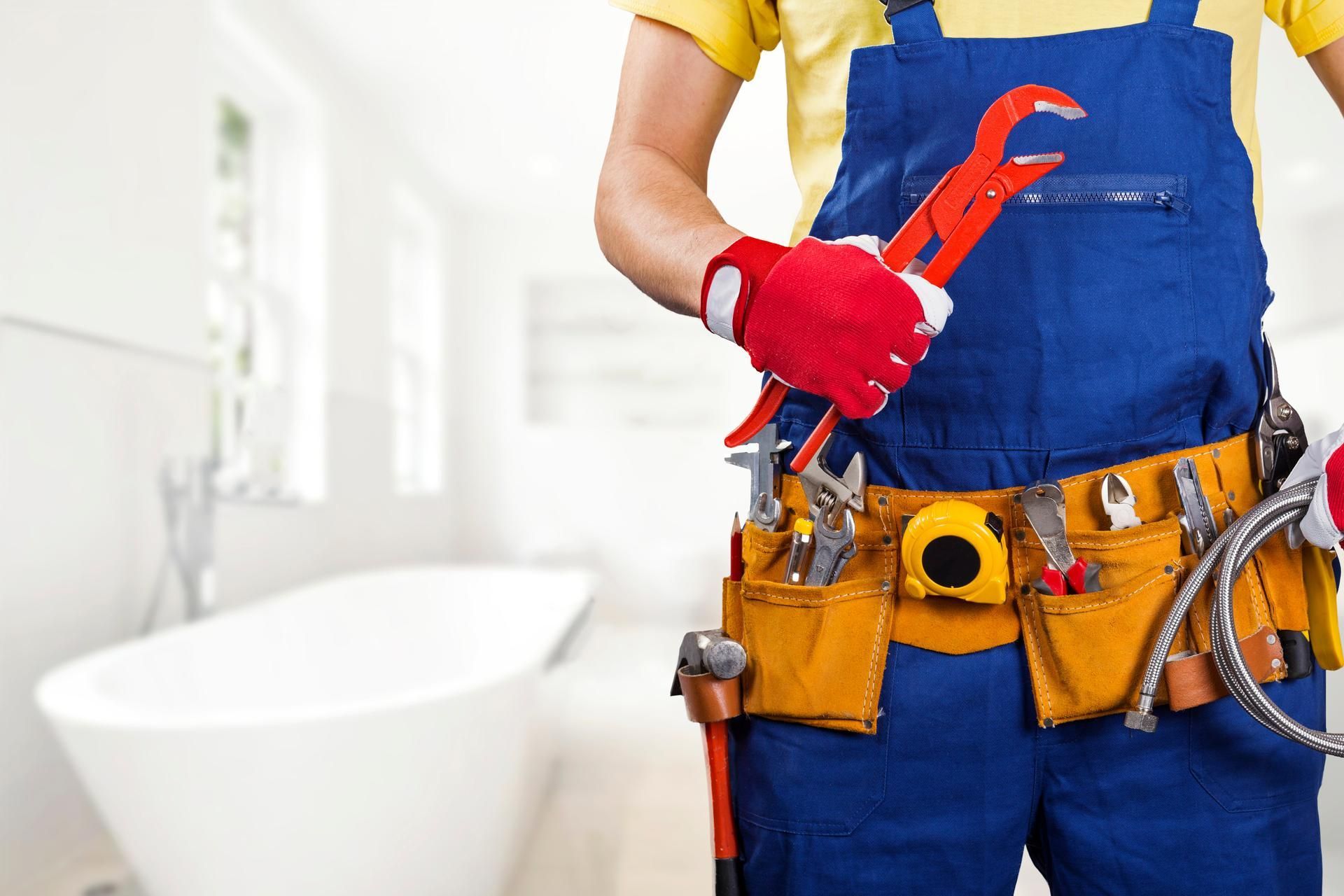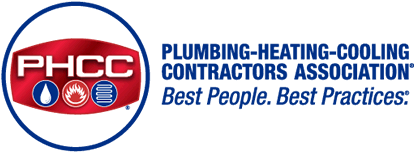Detecting Sewer Line Damage: Methods And Solutions
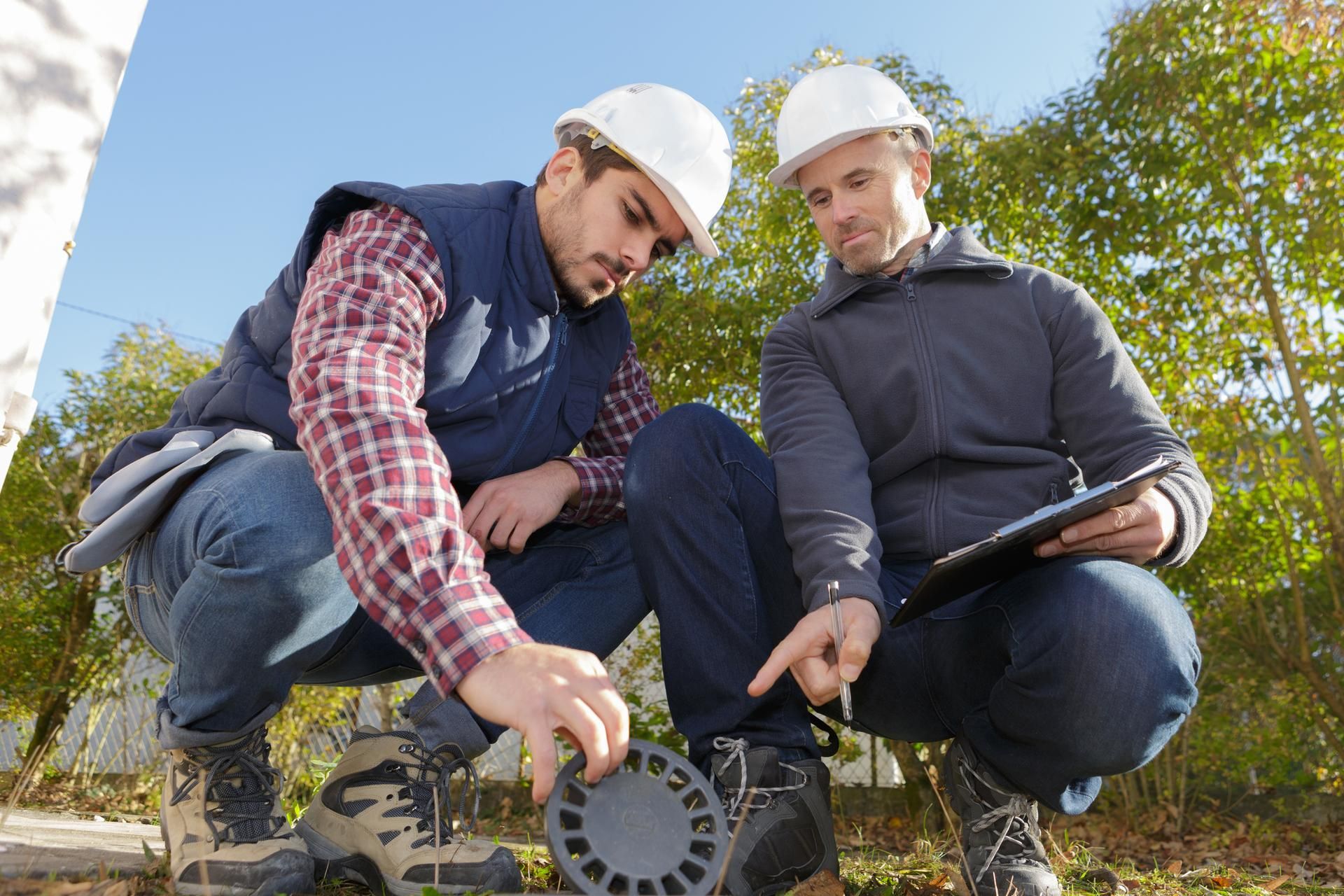
Sewer line problems are among the most daunting issues homeowners can face, often creeping up unnoticed until they cause significant disruption. Whether it's a minor leak or a major break, the consequences of damaged sewer lines can be serious, not only affecting the comfort of your home but also posing potential health risks. This article aims to arm you with the knowledge to detect sewer line damage early through various proven methods.
Visual Inspection
One of the most common methods of detecting sewer line damage is through a visual inspection, which involves examining the exterior of your home, particularly where the main sewer line exits your house. Look for any signs of cracks, leaks, or blockages in this area.
Another important aspect to inspect is your yard. Sewer lines are typically buried underground and can be damaged by tree roots, shifting soil, or external pressure. Look for any unusual changes in your yard, such as sinkholes or greener patches of grass, which could indicate a leak in your sewer line.
Camera Inspection
Consider using a camera inspection for a more in-depth assessment of your sewer line. A small camera attached to a flexible rod is inserted into the sewer line, which allows the plumber to visually inspect the interior of the pipe for any signs of damage. This method is especially useful for identifying blockages, root intrusions, and other issues that may be causing backups in your plumbing system. Camera inspections are quick and efficient and can provide valuable insight into the health of your sewer line.
Smoke Testing
Another method for detecting sewer line damage is through smoke testing. This involves pumping non-toxic smoke into the sewer system and looking for any areas where the smoke escapes. If there are cracks, leaks, or other openings in your sewer line, the smoke will seep out and reveal the location of the damage. This method is particularly useful for identifying hard-to-reach areas or hidden damage that may not be visible during a visual inspection.
Smoke testing can help pinpoint the exact location of the damage and inform the plumber of the best course of action for repairs.
Hydrostatic Testing
Hydrostatic testing involves filling the sewer line with water and applying pressure to check for leaks or weaknesses in the pipe. This method is commonly used for new installations or when there are suspicions of severe damage to the sewer line. By pressurizing the pipe, the plumber can determine if there are any leaks or cracks that need to be addressed.
Dye Testing
Dye testing is a commonly employed method to identify potential sewer line damage. This technique involves the introduction of a non-toxic dye into the plumbing system, which is then meticulously traced to pinpoint any existing leaks or cracks within the sewer line infrastructure. Its effectiveness lies in its ability to detect even the minutest of leaks or cracks that might elude visual detection, particularly in residences with aging pipelines.
Recognizing and addressing sewer line damage promptly can save homeowners from costly repairs and potential health hazards. The methods outlined in this article, including visual and camera inspections, smoke, hydrostatic, and dye testing, provide a comprehensive approach to detecting issues within your plumbing system. Early detection through these techniques can prevent minor issues from becoming major disruptions.
Remember, while some inspection methods can be performed by homeowners, complex assessments and repairs should be entrusted to professional plumbers. By staying informed and vigilant, you can ensure the longevity and efficiency of your sewer lines, safeguarding your home's infrastructure and the well-being of its occupants.
Reach out to Aurora Plumbing and Electric Supply to learn more.

